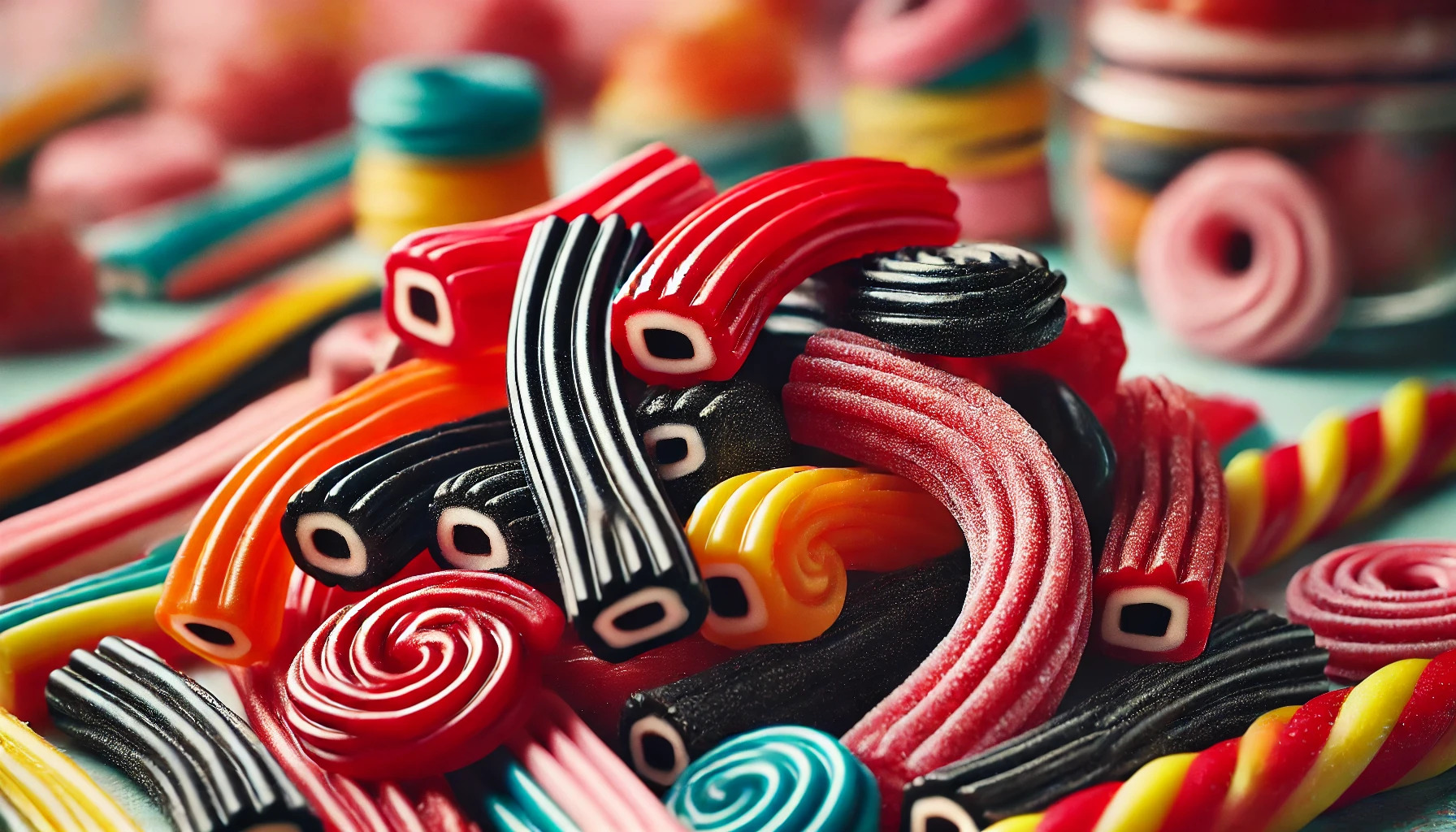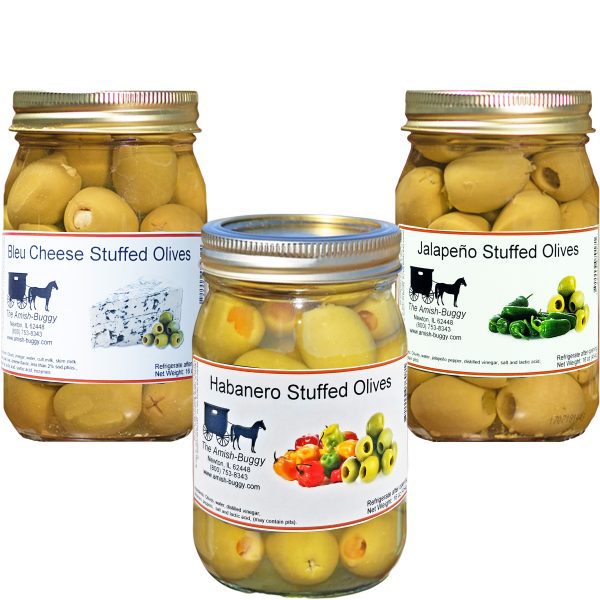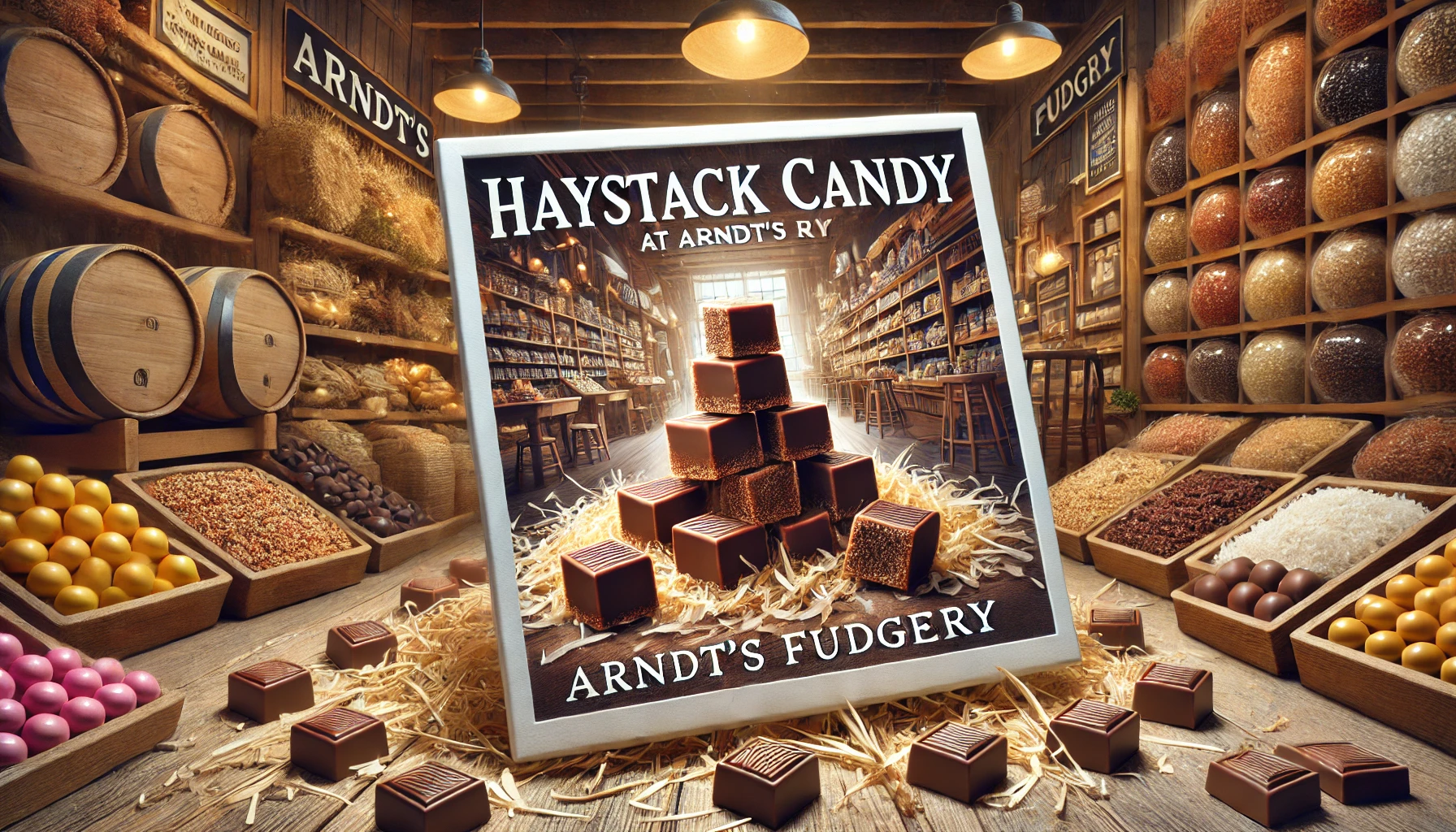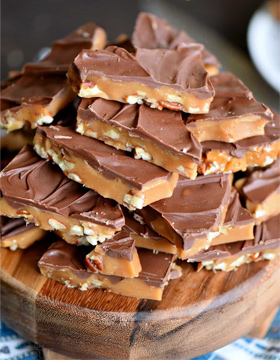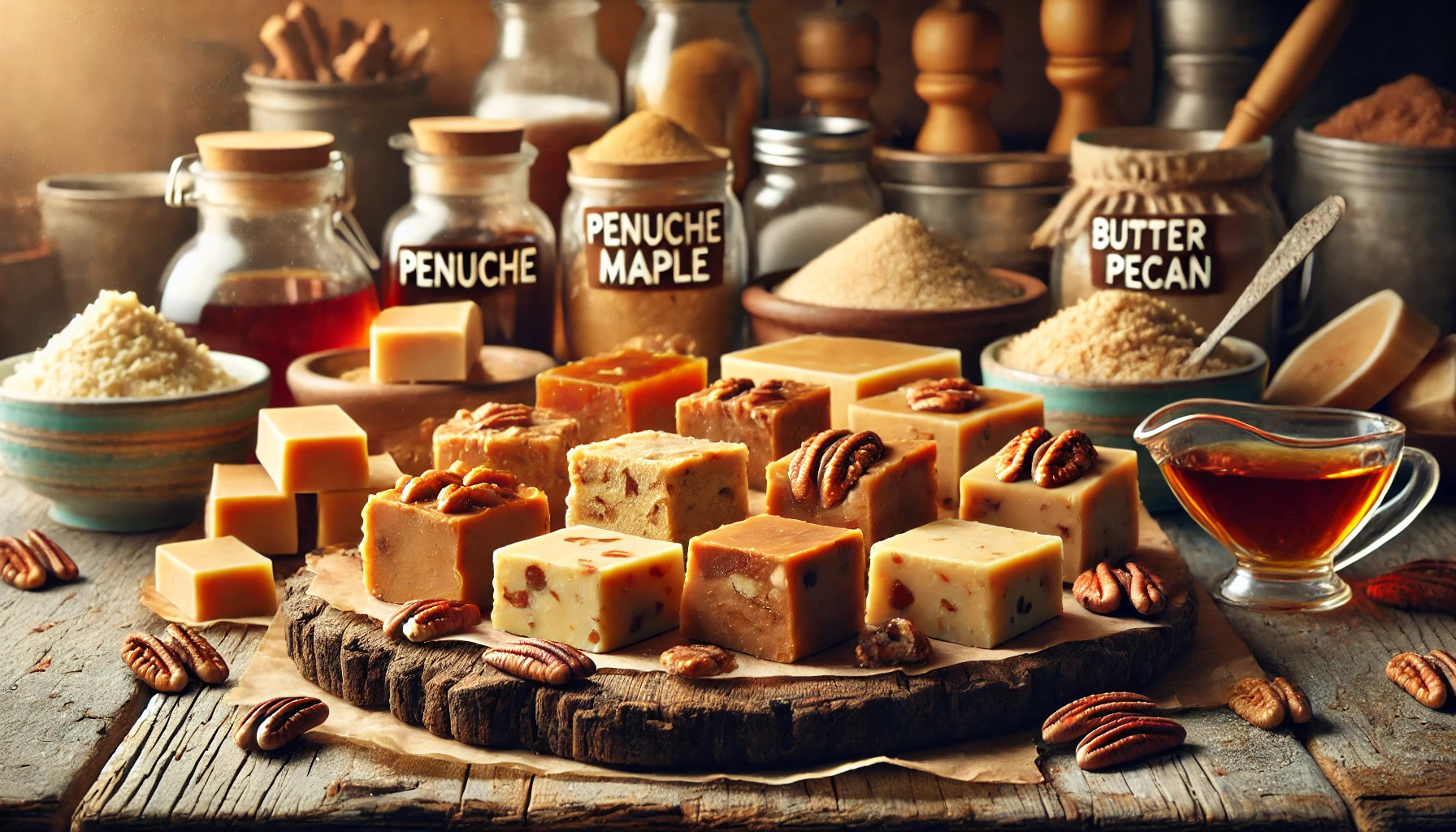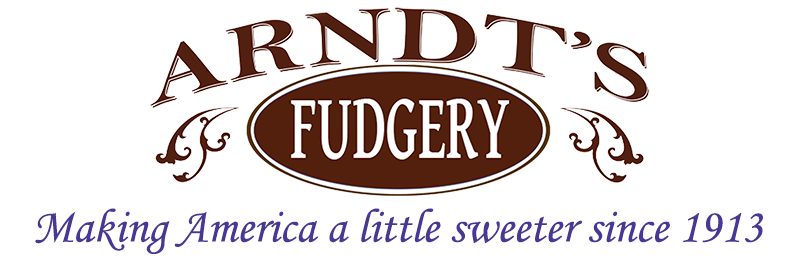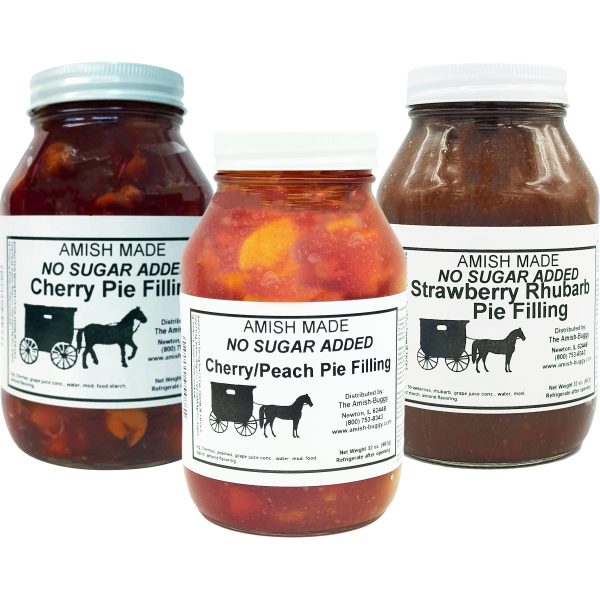
Latest Blogs
When it comes to baking, knowing the difference between pastry filling and pie filling is essential for creating the perfect desserts. Although these two types of fillings might seem similar at first glance, they serve distinct purposes and have unique characteristics that affect texture, flavor, and how they interact with doughs and crusts. In this article, we’ll break down the key differences between the two, covering their ingredients, uses, and tips for selecting the right one for your next baked creation. Let’s dive in!
Understanding Pastry Filling: Smooth and Versatile
Pastry filling is designed to complement delicate pastries like croissants, danishes, éclairs, and cream puffs. These fillings are typically smooth, rich, and easy to pipe or spread. Because pastries are light and flaky, the filling needs to have a texture that won’t overwhelm the dough.
Common Characteristics of Pastry Filling
- Texture: Smooth, creamy, or gelatinous.
- Ingredients: Often contains custard, cream, fruit purees, chocolate ganache, or nut pastes like almond or hazelnut.
- Sweetness: Moderate to sweet, but not overly intense.
- Functionality: It must remain stable without becoming too runny. Pastry fillings often include pastry cream (crème pâtissière), chocolate mousse, or fruit curds, providing an elegant contrast to the buttery dough. The smoothness of these fillings ensures easy handling and aesthetic appeal, as they are often used to pipe intricate designs or as a light interior filling.
What Exactly is Pie Filling? A Hearty and Rustic Option
Pie filling, on the other hand, is much thicker and heartier. It plays a central role in pies and tarts, where the focus is as much on the filling as it is on the crust. Pie fillings can range from sweet to savory, with flavors that burst through in every bite.
Key Characteristics of Pie Filling
- Texture: Chunky, thick, or gooey with pieces of fruit or other ingredients.
- Ingredients: Includes fresh or canned fruit, starch (like cornstarch or tapioca), sugar, spices, and sometimes nuts.
- Sweetness: Ranges from lightly sweet (for tarts) to richly sweet (for fruit pies).
- Functionality: Needs to bake well and hold together without becoming watery. Fruit fillings, such as those found in apple pie, cherry pie, or pumpkin pie, are meant to add depth and richness. The texture plays an important role, as the filling is often thickened with cornstarch or flour to prevent it from becoming too liquid after baking.
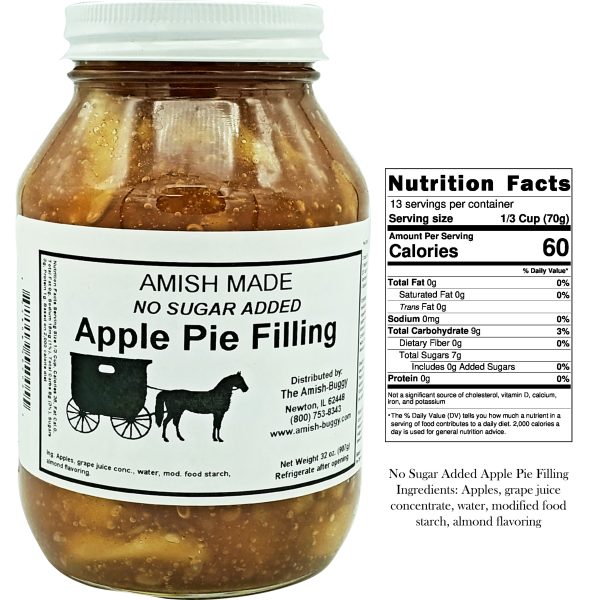
star of the show.
Can You Substitute One for the Other?
While it might seem tempting to use a pastry filling for a pie or vice versa, these two types of fillings don’t always work well as substitutes. Here’s why:
- Pastry filling is too light for pies. If you use a soft filling like pastry cream in a pie, it might not hold up after baking and could become runny.
- Pie filling is often too thick and heavy for delicate pastries. Filling a danish or éclair with a chunky fruit filling may weigh down the pastry, making it soggy or collapsing it altogether. If you must substitute, try using a fruit curd (like lemon curd) in place of pastry cream for a tart flavor in pastries. Similarly, a custard-based pie filling (such as a pumpkin or chocolate pie filling) might work for some pastry applications if adjusted carefully.
Examples of Pastry and Pie Fillings in Popular Desserts
Let’s take a closer look at how these fillings shine in specific desserts.
Pastry Filling Examples
- Éclair Filling: Vanilla or chocolate pastry cream provides a luscious interior.
- Almond Croissant: Almond paste or frangipane adds a nutty richness.
- Danish Pastries: Often filled with cream cheese or fruit-flavored fillings that stay smooth after baking.
Pie Filling Examples
- Apple Pie: Chunks of spiced apple in a thick syrup.
- Cherry Pie: Whole cherries suspended in a thick, sweet sauce.
- Pecan Pie: A sticky filling of pecans, sugar, and corn syrup. Each of these fillings complements the structure of its respective dessert, highlighting how texture and thickness matter depending on the dish.
The Role of Thickeners in Pie Fillings
A critical part of pie fillings is the use of thickeners, which are essential for creating that perfect consistency. Common thickeners include:
- Cornstarch: Used for fruit pies like cherry or blueberry pies.
- Flour: Often used in traditional apple pies to create a thick, stable filling.
- Tapioca: Adds a glossy finish and works well for pies with high water content fruits. Pastry fillings, on the other hand, don’t require as many thickeners because they are usually cooked beforehand or stabilized with ingredients like gelatin or eggs.
How to Store Pastry and Pie Fillings
Storage methods also differ between the two. Pastry fillings often need refrigeration since they are cream-based and prone to spoiling. Pie fillings, however, are more shelf-stable, especially if they’re made with cooked fruits and sugar, which act as preservatives.
- Pastry fillings: Store in the fridge for 2-3 days.
- Pie fillings: Can be made ahead and frozen, or stored in jars for up to a week. Proper storage ensures your fillings maintain their flavor and texture when it’s time to bake.
Conclusion: Choosing the Right Filling for the Right Dessert
In summary, pastry filling and pie filling both play crucial roles in baking, but they aren’t interchangeable. Pastry fillings are smooth and refined, perfect for lighter treats like éclairs and croissants, while pie fillings are thick and hearty, ideal for rustic desserts like apple or pecan pie. Knowing these differences ensures you’ll choose the right filling for you
Check out our Facebook for more!
your dessert and avoid baking mishaps.
FAQs
1. Can pastry cream be used in pies?
Yes, but it works best in cold-set pies, such as cream pies. It may not hold up well in baked fruit pies.
2. Is pie filling safe to eat without baking?
Most fruit pie fillings are safe to eat without baking, but they taste best after cooking to enhance flavor and texture.
3. Can I freeze pastry fillings?
Cream-based fillings don’t freeze well, as they may separate. However, nut-based pastes or fruit curds can be frozen.
4. What are some good substitutes for pie filling?
You can use jam, compote, or homemade fruit sauces as quick substitutes for pie fillings.
5. Why is my pie filling too runny?
This could be due to insufficient thickener or using fruit with high water content. Try adding more starch or cooking the filling longer. By understanding the differences between pastry and pie fillings, you’ll be better prepared to create delicious, perfectly textured desserts for any occasion!

